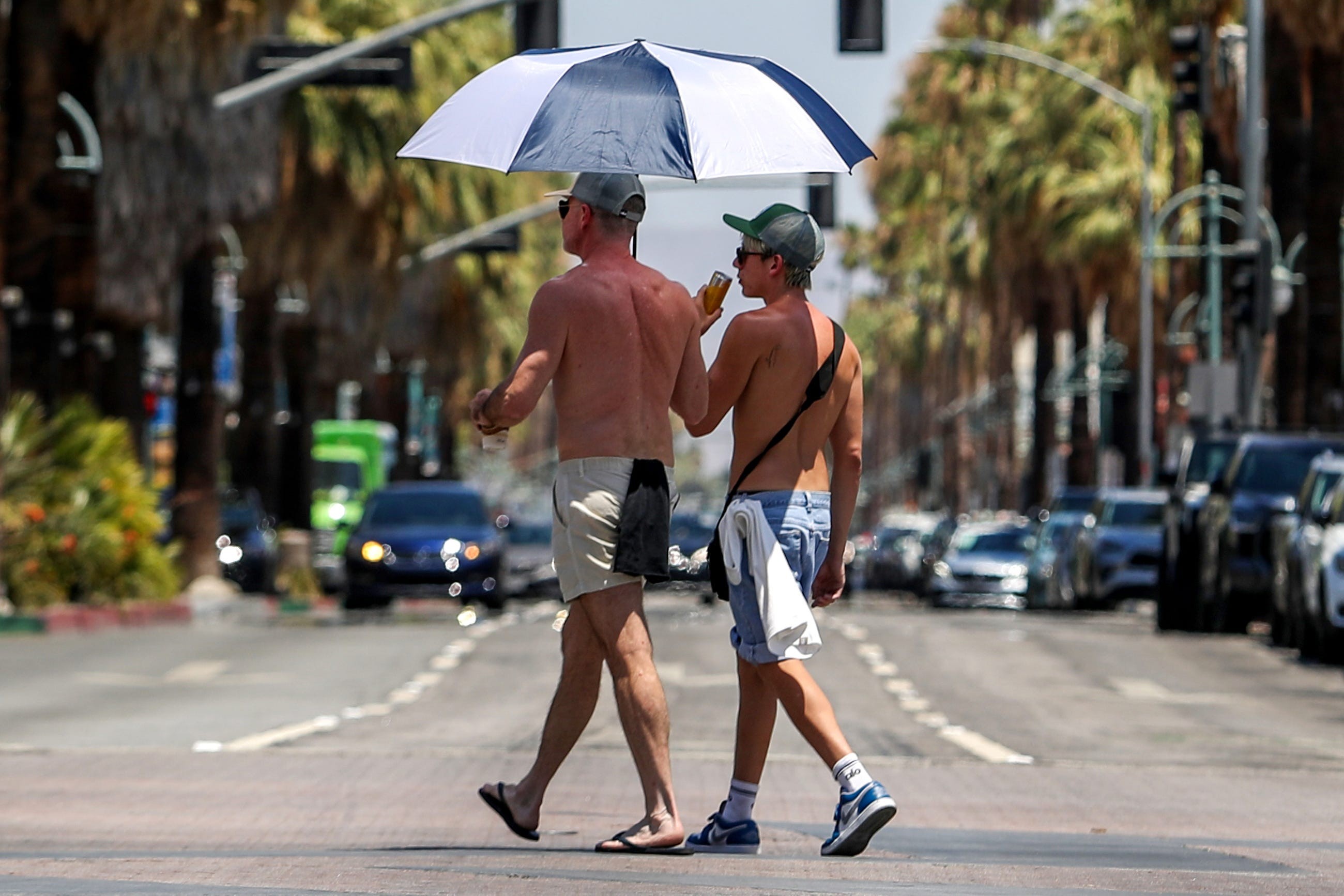California is experiencing a relentless heat wave, with temperatures soaring to dangerous levels. Dozens of Southern California cities hit 90 degrees and above before 6 a.m. on a recent Friday, highlighting the severity of the situation. This article explores the underlying causes of this extreme heat and examines the current weather conditions across the state.
High-Pressure Ridge Fuels the Heat
The primary culprit behind California’s scorching temperatures is a persistent upper-level ridge, or high-pressure system, parked over Southern Nevada and Southern California. This atmospheric phenomenon traps air and forces it to descend. As the air compresses, it heats up significantly, leading to the extreme heat felt across multiple states. This particular ridge has remained unusually strong and stationary, exacerbating the heat wave and pushing temperatures even higher. Its stubborn refusal to weaken or move is why forecasts have consistently predicted high temperatures, extending the heat wave well into the following week.
California Baking Under Triple-Digit Temperatures
Excessive heat warnings and advisories blanket California, with numerous cities bracing for triple-digit temperatures. Here’s a snapshot of the heatwave’s impact across different regions:
-
Southern California: Areas like Santa Clarita, Thousand Oaks, Burbank, and East Los Angeles are under excessive heat warnings, facing temperatures up to 115 degrees. The Western San Fernando Valley and the Inland Empire are also under warnings, with potential highs reaching a staggering 118 degrees and 114 degrees, respectively. Even the deserts of Coachella Valley and San Diego County are under excessive heat warnings, with forecasts predicting temperatures between 112 and 120 degrees.
-
Central California: A heat advisory covers Bakersfield, Tulare, Merced, and Fresno, with temperatures expected between 102 and 107 degrees.
-
Northern California: Sacramento, Redding, Stockton, and other cities in the Carquinez Strait and Delta, Sacramento Valley, northern San Joaquin Valley, and surrounding foothills are under heat advisories, with temperatures ranging from 100 to 109 degrees.
 Extreme heat in July
Extreme heat in July
Relief in Sight: A Cooling Trend Expected
While the current situation is intense, there’s hope on the horizon. A cooling trend is anticipated to bring temperatures back to near-average levels in the coming week. This shift will also bring much-needed moisture back to the deserts, a crucial factor in mitigating the heat. A drier-than-usual monsoon season contributed to the rapid warming, as dry air masses heat up and cool down more quickly than moist air.
The return of moisture signals a potential break in the extreme heat. This cooling trend offers a much-needed respite for Californians who have been enduring dangerously high temperatures.
Information sourced from the National Weather Service and reporting by Paris Barraza of The Desert Sun.